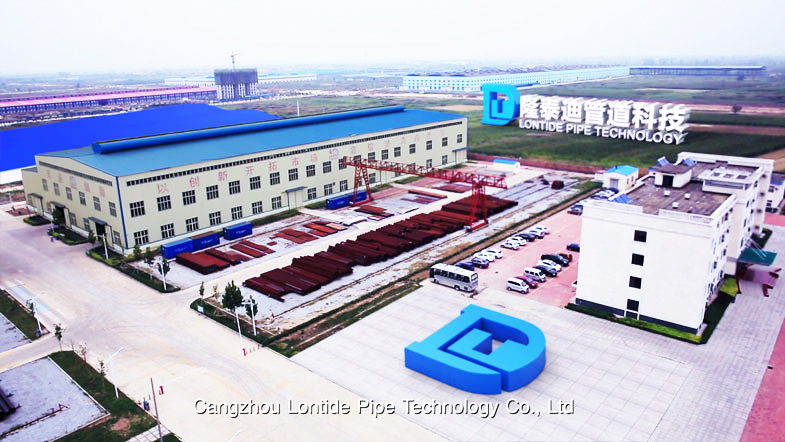
The difference between the J55 and N80 casing and tubing
The API 5CT standard covers seamless and welded casing and tubing pipes for oil and gas transportation.Casing pipes are available in the following materials: H-40, J-55, K-55, N-80, L-80, C-90,T-95 ,P-110, Q-125.
Depending on the different condition and the depth of the well,we should use the different steel grades.The corrosion resistance of the casing is also required under the corrosive environment. In the case of complex geological conditions, the casing has to be resistant to collapse.Most casing steel grades are largely of the same chemical composition. What gives each grade its distinct properties is the kind of heat treatment applied. Casing grades mainly differ in their yield strength, tensile strength, and hardness.
- J55: A commonly used grade for most wells when it meets the design criteria. Some operators recommend it be full-length normalized or normalized and tempered after upsetting when used in carbon dioxide or sour service (ring-worm corrosion problems); however, such heat treatments increase costs. J55 has been the "standard" grade for tubing in most relatively shallow (< 9,000 ft) and low-pressure (< 4,000 psi) wells on land.
- N80: A relatively old grade with essentially open chemical requirements. It is susceptible to H 2 S-induced SSC (acronym). It is acceptable for sweet oil and gas wells when it meets design conditions. The quenched-and-tempered heat treatment is preferred. The N80 grade is normally less expensive than L80 grades.
上一篇:Hot-rolled steel pipe specifications, production technology, and scope of application
下一篇:没有了
The difference between the J55 and N80 casing and tubing:

- Orifice Flange
- Seamless Steel Large Bore Cap
- schedule 80 elbow fittings,SCH 80 carbon steel elbow
- ASME ANSI B16.9 CARBON STEEL CAP
- short radius elbow
- Special Flanges
- schedule 80 fittings,schedule 40 fittings,schedule 120 pipe
- Reducing Coupling
- MSS-SP44 Welding Neck Flange
- 6 inch carbon steel elbow,sch40,A234-WPB,ASTMB16.9
- forged steel flange
- alloy steel elbow production technology
- Longtaidi Pipe fitting co.,ltd
- Add: Mengcun County, Cangzhou City, Hebei Province. China
- www.lordtk.com
- [email protected]
- [email protected]
- Tel:0086-317-6817153
- Butt Weld Fitting
- carbon steel tee
- Butt weld Pipe Fitting
- Large diameter pipe tee fittings forming process and compute
- pipe elbow dimensions
- Elbow Forged 90 Degree
- Carbon steel elbow forming technology
- Weld Pipe Fitting

Quickly Find Pipe Tee
-
Flange
-
welding flange
-
welding neck flange
-
large diameter flange
-
carbon steel flange
-
stainless steel flange

